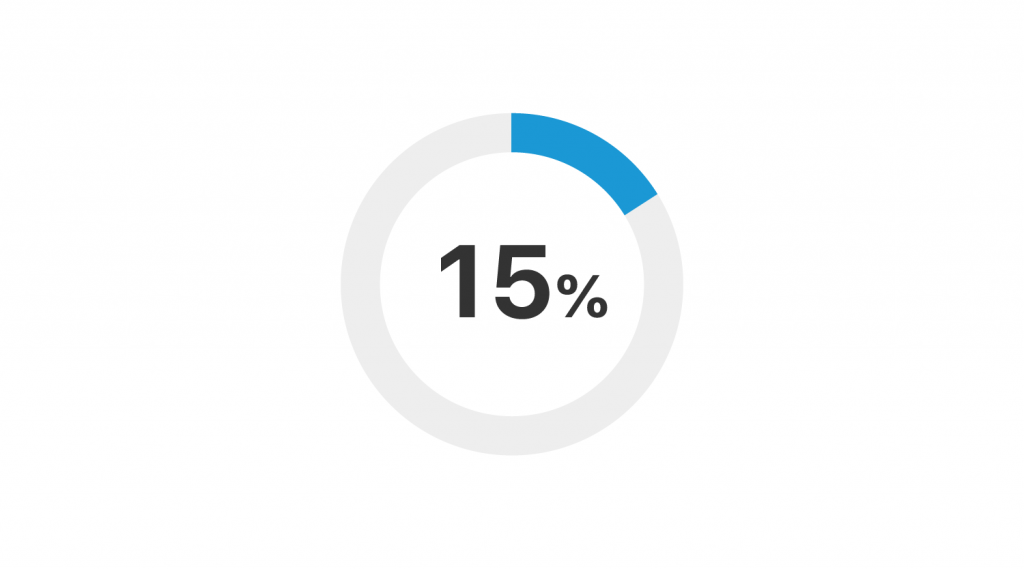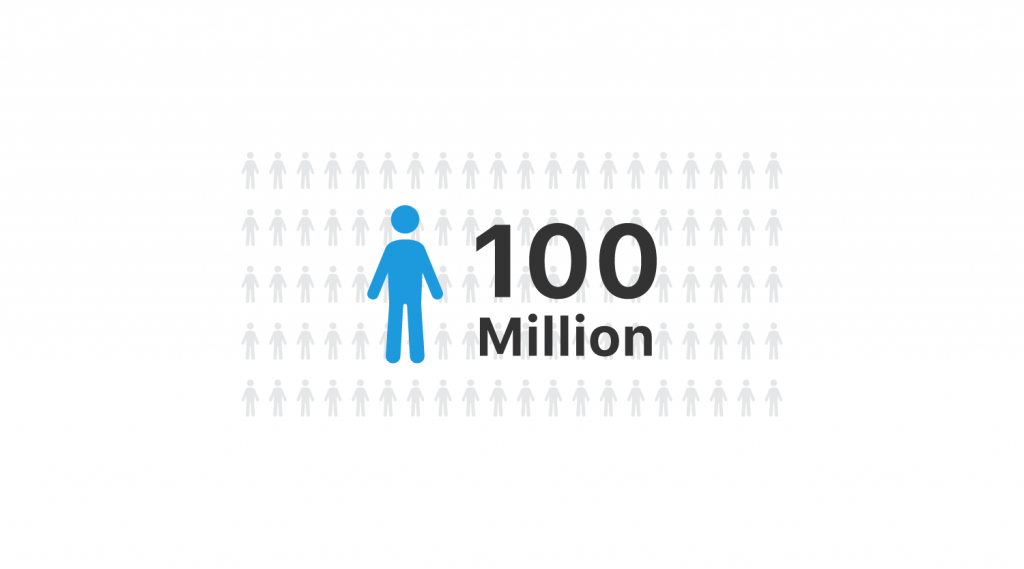Artisanal and Small-scale Gold Mining (ASGM)
ASGM is the largest sources of anthropogenic related mercury emission
Due to the global demand and continuously increasing of gold price in recent decades and are currently at their highest level, over 15 million people in developing countries may directly be involved in artisanal and small-scale gold mining (ASGM) with another 100 million people be reliant upon the sector for their livelihoods.

10 – 15 million people including 4-5 million women and children are directly involving in ASGM activities.

ASGM contributes 38% of global mercury emissions.

12% – 15% of world gold supply.
Source: UNEP, 2013. Mercury Action Now!

Over 70 countries affected.
Source: www.mercurywatch.org

100 million people worldwide indirectly get effects of the Hg pollution generated by ASGM activities.
Miners and their communities can be protected from the harmful effects of mercury by practicing simple and practical ways. It is necessary to include the sustainable development efforts widely which will decrease or stop the applying of mercury in ASGM.
Until present, a great number of people in developing countries have to work in artisanal and small-scale gold mining (ASGM) to meet their living needs. But this causes the downside of the whole community. Practicing ASGM with improper technique has caused environmental and occupational health problems which affect the health and well-being of the miners, their family members, and also nearby communities. The Minamata Convention on Mercury, adopted in October 2013, has encouraged the movement globally, regionally, and nationally for the promotion and protection of the health and well-being of populations that depend on ASGM. Hence the usage of mercury in ASGM has been identified as a threat to the health and environmental wellbeing, the Convention necessitates the members to establish public health strategies aimed at the reduction of mercury exposure in ASGM miners and their communities.
